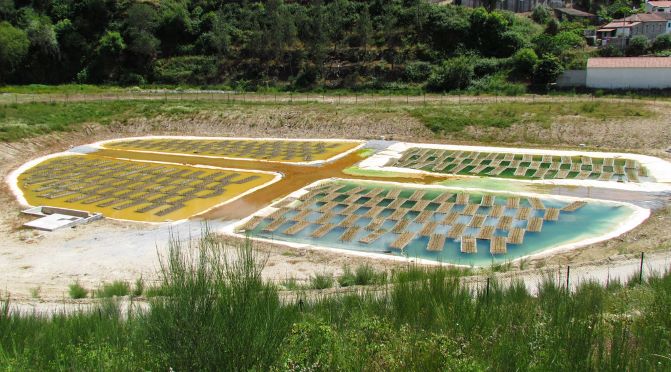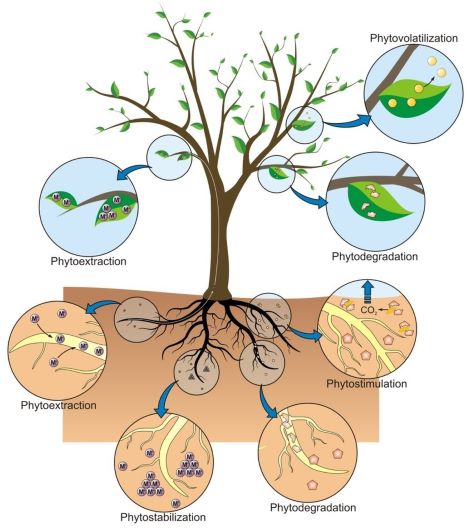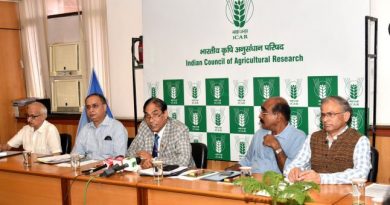UP Plans To Use Phytoremediation Technique Against Pollution Around Ganga

Uttar Pradesh Government is planning to use Phytoremediation, a low-cost, solar energy-driven technique that uses plants to remove pollutants from water, in areas along the Ganga river.
The plan is to channelize the water from the river through boulders to first filter it and then store the water in huge retention ponds. These retention ponds will have naturally growing plant species that will help increase the level of dissolved oxygen in the water.
A Quick Look at Phytoremediation

Phytoremediation is the direct use of living green plants for in situ, or in place, removal, degradation, or containment of contaminants in soils, sludges, sediments, surface water and groundwater. Phytoremediation is:
- A low cost, solar energy driven cleanup technique.
- Most useful at sites with shallow, low levels of contamination.
- Useful for treating a wide variety of environmental contaminants.
- Effective with, or in some cases, in place of mechanical cleanup methods.
The decision was taken by the Yogi government following the directive of National Green Tribunal (NGT) and has so far identified sites in 22 of the 27 districts through which the Ganga flows. The Biodiversity parks complete with retention ponds will be developed at these sites, which are also likely to boast tourist attractions such as nature trails and butterfly parks.
“The parks will be along the banks of Ganga,” said member-secretary, UP Pollution Control Board, Ashish Tiwari and added that retention ponds would be fenced off to thwart unwanted interference during phytoremediation process. The state pollution watchdog is expected to submit a detailed project report (DPR) on biodiversity parks in all the 27 concerned districts by August.
Before acting on that, UP government has to notify Floodplains boundary around Ganga by July 15. The irrigation department and the Central Water Commission have conducted a survey to demarcate Ganga’s floodplain in the state. Once the area is marked and notified, not only will it help remove encroachment but also define activities that will be illegal in the area. It may result in more space for biodiversity parks that are meant to generate awareness. The parks will be developed by the forest department.




